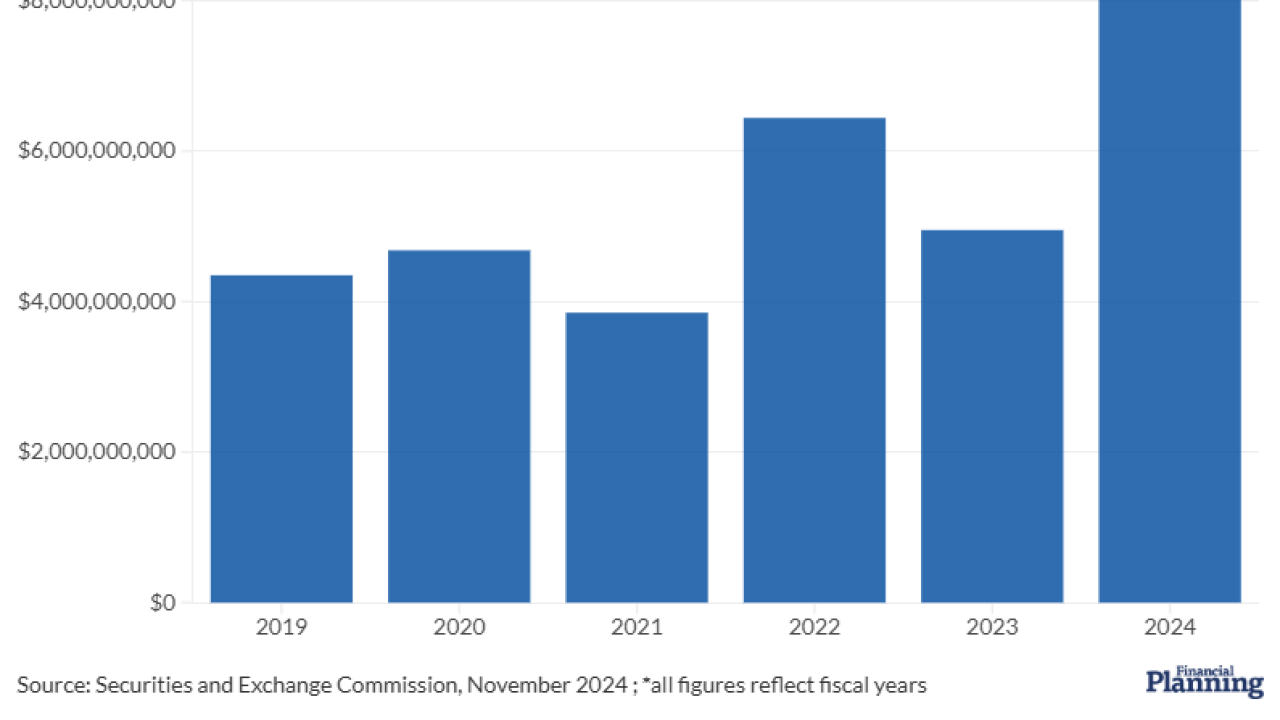The rich will be getting even richer over the next decade and the pool of investors formerly identified as merely affluent will soon make the leap to millionaire status, creating plenty of growth opportunities for wealth managers and investment firms in the U.S. and abroad.
That's the upshot of a new report released this week by the Deloitte Center for Financial Services examining the short- and long-term wealth accumulation prospects of mass affluent and millionaire investors in the world's 25 largest economies.
Total wealth among millionaire households will more than double from $92 trillion to more than $202 trillion by decade's end and lots of this money will be possessed by folks living in Asia, South America and -- believe it or not -- New Jersey.
While the U.S. and several countries in Europe will still be home to the majority of investors with at least $1 million in investable assets in 2020, a new crop of millionaires needing -- for the first time -- a variety of wealth management services will be sprouting up in China, Brazil, India and Taiwan.
"Which countries may offer the most promising future and how wealth managers can potentially increase profitability in the next decade are important questions for a wide range of financial institutions," Andrew Freeman, executive director of the Deloitte Center for Financial Services, said in the report.
"These days it’s about a lot more than just a few private banks," he added. "Each wealth manager needs to consider their individual footprint and see where it might make sense to capitalize on expected long-term shifts."
Many of these new millionaires from both within and outside the U.S. will also be younger and more technologically savvy, placing an even greater premium on financial advisors and firms that can provide mobile investment apps and services and communicate with their clients via social media.
FTI Consulting earlier this year issued a report concluding that Generation Y investors born between 1977 and 1995 will eventually become the
"Identifying and understanding how different market segments are changing can help formulate growth strategies," Freeman said. "While there may be enormous growth in the mass affluent sector, many of those customers may also be migrating into the millionaire category."
Deloitte's report pegs China to be the country outside the U.S. and Europe poised for the largest onslaught of new millionaires over the next decade, followed by Brazil and Russia. Switzerland currently holds the distinction of the highest per capita wealth ($4.2 million) of the 25 countries examined in the study but Singapore is expected to knock the Swiss from their perch as soon as 2015.
Things are looking up down under, too. Australia is predicted to break into the top 10 list of countries with the most millionaires by 2020 with more than 1.6 million seven-figure investors. It's also projected to enjoy the fastest growth rate of all developed economies over this same period.
But the U.S. will still remain the market most in need in of competent wealth management and investment advice, accounting for 43% of the world's millionaire households by 2012, the report said. In raw numbers, the number of millionaires is projected to surge from 10.5 million this year to more than 20.6 million by 2020.
Within the U.S., the East Coast is expected to see the largest increase in mass affluent and millionaire investors with New Jersey checking in as the state that will have the greatest density of millionaire households.
California will still be home to the largest number of super-rich investors by the end of the decade but New York and Florida are coming on strong and will each add at least 1.5 million new millionaires over the next 10 years.





